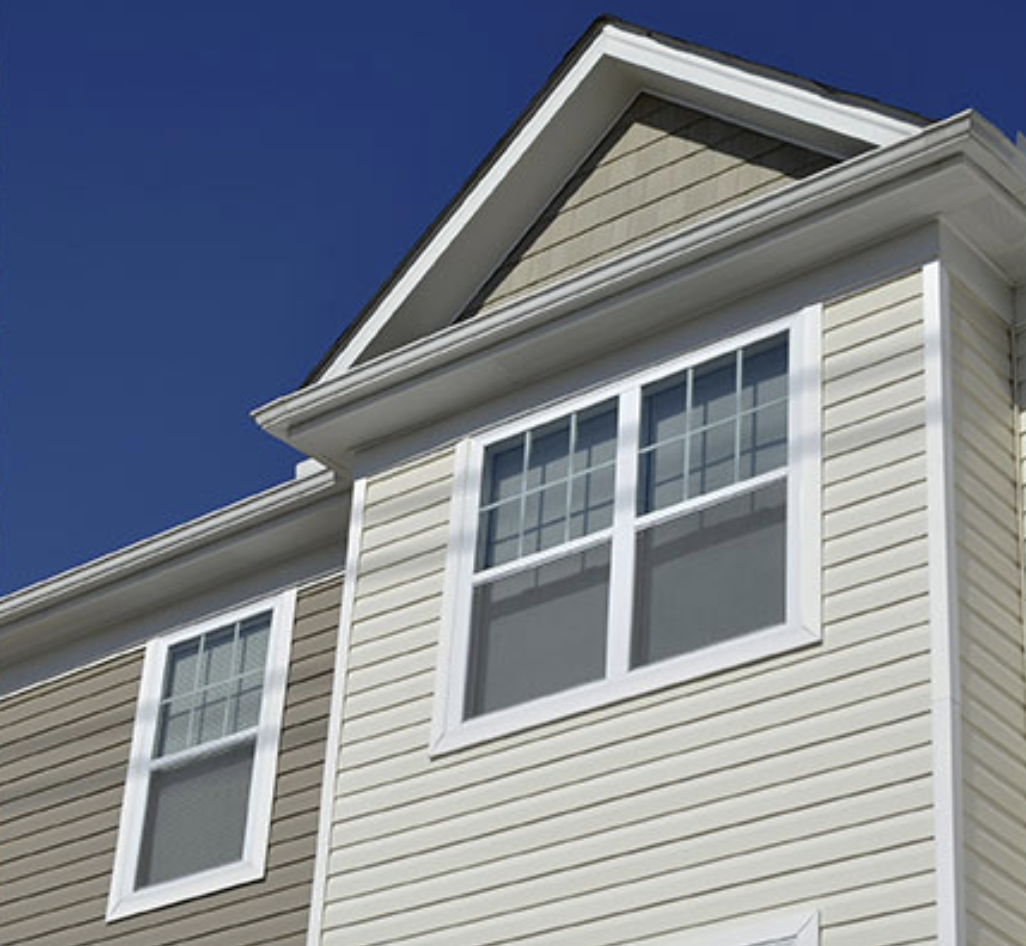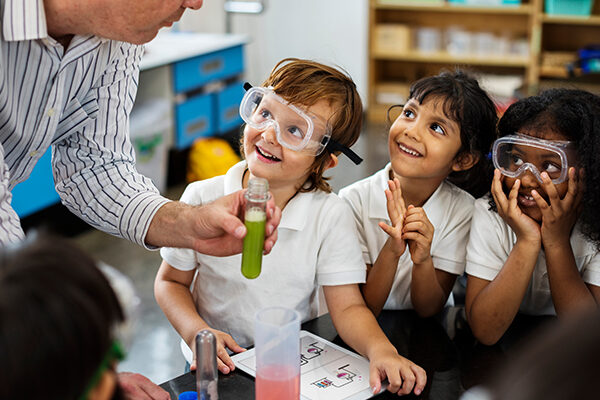Key Points/Overview
About three-quarters of all vinyl produced goes into long-lasting building and construction applications. Because it is strong and resistant to moisture and abrasion, vinyl is well-suited for cladding, windows, roofing, fencing, decking, wallcoverings and flooring.
PVC helps packaging protect its contents. Clear vinyl is used for tamper-resistant over-the-counter medications and shrink wrap for consumer products. Rigid vinyl film is used in blister and clamshell packaging to help protect medicines, personal care products and household goods.
Vinyl plays a critical safety role in dispensing life-saving medicine through IV bags and medical tubing. PVC blood-collection bags have enhanced ambulatory medicine and serve as the foundation for modern blood banks.
Many vinyl products are certified to meet special requirements set by regulatory authorities or other standards. PVC pipes for delivering drinking water are certified by NSF International to conform to EPA safety regulations. Medical and food-contact products are required to meet FDA regulations.
Uses & Benefits
Vinyl is versatile: it can be as rigid as industrial pipes, as pliable as plastic wrap, and as thin and flexible as wallcovering. It can also be completely clear or matched to any color desired.
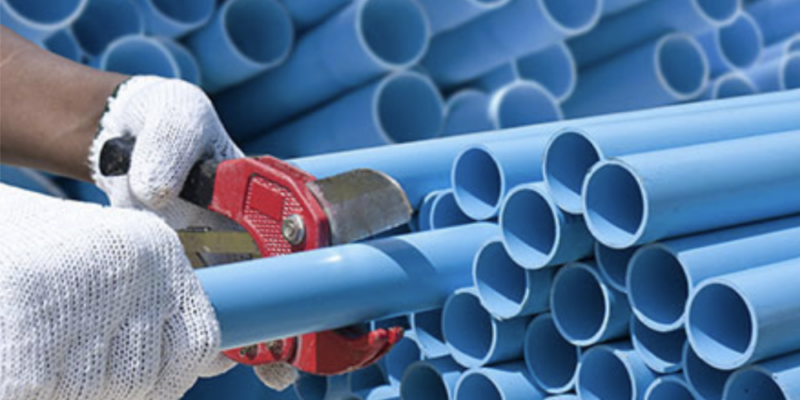
Building and Construction
About three-quarters of all vinyl produced goes into long-lasting building and construction applications. Life-cycle studies show PVC/vinyl is effective in protecting the environment, in terms of low greenhouse gas emissions and conservation of resources and energy.
Because it is strong and resistant to moisture and abrasion, vinyl is ideal for cladding, windows, roofing, fencing, decking, wallcoverings, and flooring. Vinyl does not corrode like some building materials, does not require frequent painting and can be cleaned with mild cleaning products.
-
Siding and Windows
Vinyl helps produce siding and window frames that are extremely durable, affordable, and help conserve energy when heating and cooling homes. In fact, vinyl windows have three times the heat insulation of aluminum windows.
-
Wiring and Cables
Vinyl is able to withstand tough conditions behind building walls – such as exposure to changing temperatures and dampness – for the life of the building. As a result, it is one of the most prevalent and trusted materials used in electrical wiring and cables.
-
Water Pipes
PVC helps conserve energy and water by creating virtually leak-free pipes that are not prone to corrosion and resist environmental stress. PVC breakage rates are as low as one percent of the breakage rates of cast metal systems. The lack of build-up in PVC piping improves functionality and increases energy efficiency.
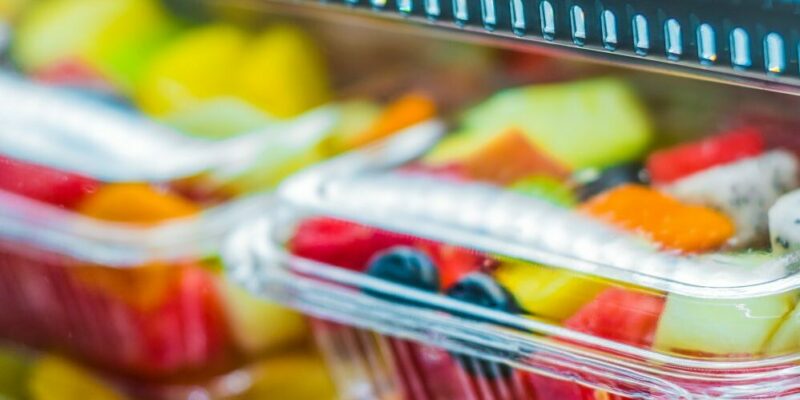
Packaging
Because it is durable, dependable and light weight, flexible PVC helps packaging do its job to maintain the integrity of the products inside, including medicines. Clear vinyl is used in tamper-resistant over-the-counter medications and shrinkwrap for consumer products. Rigid vinyl film is used in blister and clamshell packaging to protect medicines, personal care products and other household goods.
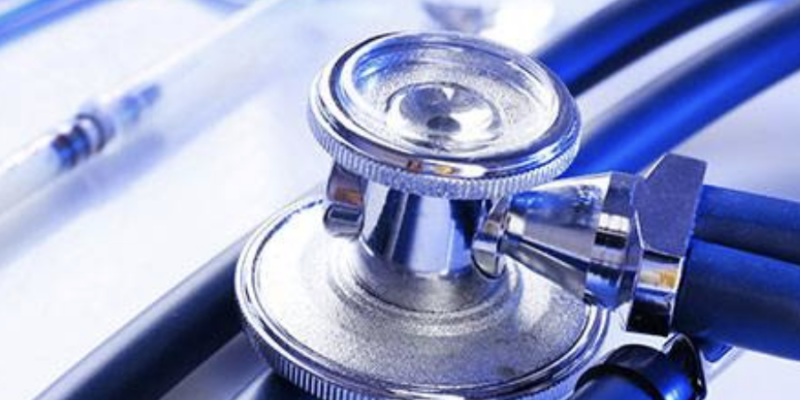
Healthcare
Vinyl plays a critical safety role in dispensing life-saving medicine through IV bags and medical tubing. The advent of the PVC blood-collection bag was a significant breakthrough because blood bags are flexible and unbreakable, enhancing the development of ambulatory medicine and serving as the foundation for modern blood banks.
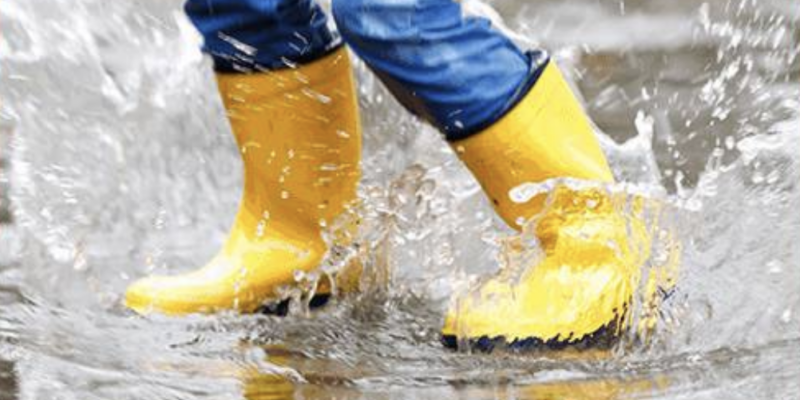
Household Products
PVC’s affordability, durability and water resistance make it ideal for rain coats, boots and shower curtains.
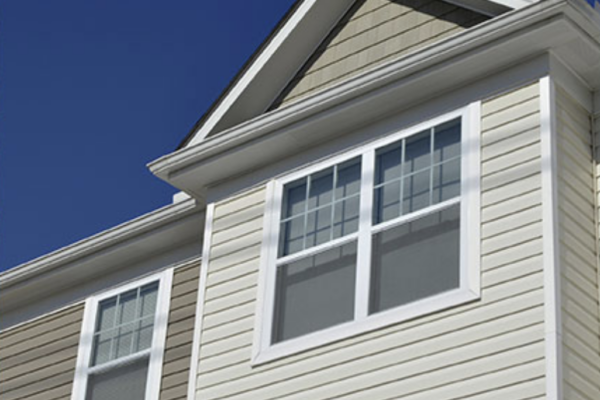
Safety Information
- Many vinyl products are certified to meet special requirements set by regulatory authorities or other standards. PVC pipe for delivering drinking water must be certified by NSF International to conform to U.S. Environmental Protection Agency (EPA) safety regulations. Medical and food-contact products must meet U.S. Food and Drug Administration regulations.
- While some new vinyl products have an odor, the small amount of volatile organic compounds (VOCs) emitted will dissipate quickly through normal ventilation – in fact, tests have shown that the initial odor of vinyl wall coverings dissipates much faster than odors from most paints. Vinyl products are able to meet low VOC requirements in standards such as FloorScore®, Green Label Plus and GREENGUARD.
- Vinyl is manufactured by polymerizing (linking together) a chemical called vinyl chloride. Regulations strictly limit levels of vinyl chloride in the workplace and in emissions from manufacturing plants. Manufacturers convert as much vinyl chloride into PVC as possible to make maximum use of this raw material, then apply steam to strip out the remaining vinyl chloride so that levels in the finished vinyl are negligible.
Tested, Effective, Affordable
Vinyl is largely derived from salt — an abundant and inexpensive resource – and ethylene, which is derived from natural gas. Vinyl products consume less energy, generate fewer emissions, and save more energy than many other products.
PVC is used in the production of hundreds of products that consumers encounter in everyday life, and many more that are encountered less frequently but are nevertheless important in construction, electronics, healthcare and other applications. PVC is used in these applications because of its low cost and desirable physical and mechanical properties. It is fabricated efficiently into a wide range of both rigid and flexible products. PVC also has inherent flame resistance. Substitutes for PVC materials may be available, but often the alternative materials and processes are not as efficient or substitution costs are high.

